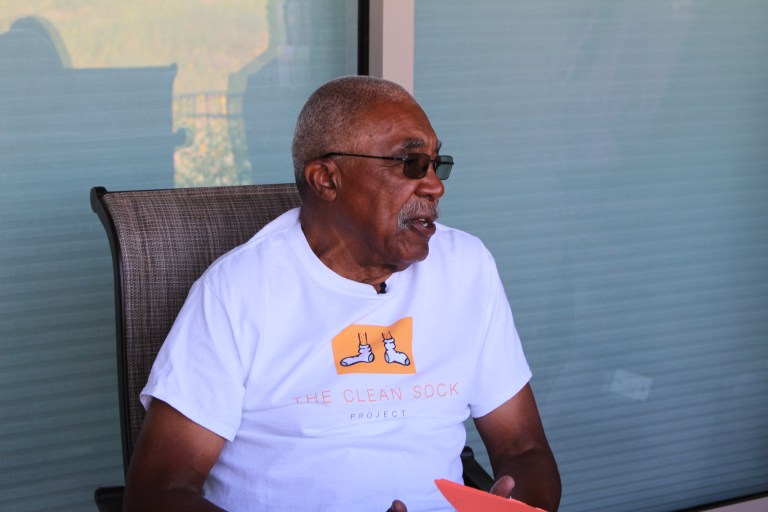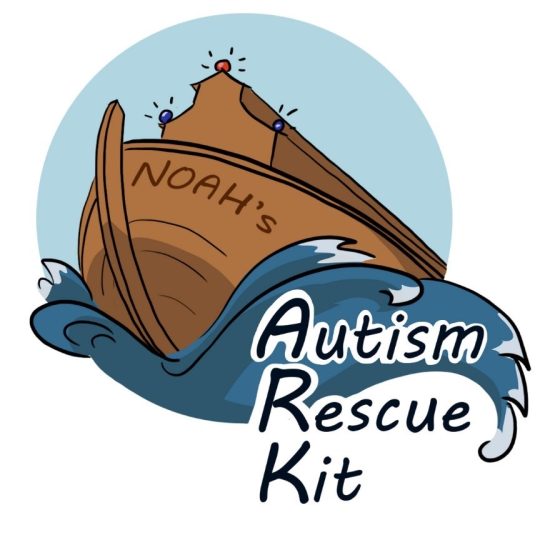Pozole Propels Denver Chef Jose Avila to Prestige
The opening of Denver’s first pozoleria in June of 2021, La Diabla Pozole y Mezcal, is proof that honoring your roots while charting your own course makes you stand out from the crowd. The restaurant located near downtown Denver was nominated as one of the top 50 best new restaurants in the country by the prestigious Bon Appetit magazine this year.
“The food here is hearty and soulful, a blessing for anyone looking to balance their meal with the long, expertly curated list of mezcals and other agave spirits,” praised Bon Appetit.
La Diabla Pozole y Mezcal features the traditional Mexican cuisine, pozole, several types of the Mezcal alcoholic beverages along with other Mexican dishes.
“I can think of many reasons but first, it is my favorite dish. Second, there was no pozole here in Denver and it was needed and third, it is the most emblematic dish of Mexico,” said the owner of the restaurant, Chef Jose Avila.


Pozole is a concoction of hominy and meat served in a bowl that is garnished with a variety of vegetables such as shredded cabbage or lettuce, chili peppers and more. La Diabla has its corn imported from Mexico and prepares it in the restaurant through the process of nixtamalization where the grain is soaked and cooked in an alkaline solution and then hulled.
The owner of La Diabla explained that pozole comes in the colors of the Mexican flag. Pozole Rojo is mostly found in Northern Mexico. Pozole Verde is common in the southern part of the country, and the Yucatan Peninsula is home to the Black Pozole. Mexico City is the common ground of all, and includes Pozole Blanco. According to Avila, Mexico City is the epicenter of Mexican gastronomy, where ingredients of the country travel through, to reach opposite sides. There is not a huge sign outside of La Diabla Pozole y Mezcal to bombard visitors and onlookers. Instead, Avila wants to focus on the food and let it speak for itself like it does in his hometown of Mexico City.
“I grew up with a super pure and super innocent love towards food. The ingredients, you go crazy from so many things you can make. There are many new ingredients. There are ingredients that are only seasonal.”


Chef Avila grew up with the tradition of “Jueves Pozoleros”, or pozole Thursdays where his mother and siblings gathered to talk and eat as a family after busy days. He described the pozolerias in Mexico as humble places where loved ones come together. For Chef Jose Avila, he knows the pozoleria has carried out its mission when he hears customers say, “This reminds me of my grandmother.”
Everything came together for Jose Avila in his early twenties after working a chaotic night at what was then a fine dinery in Cherry Creek, the Fourth Story. Some people throw in the towel after walking into a kitchen filled with dirty dishes, endless orders pouring in and a chef shouting to keep things in order, but in that moment Avila realized “this is where I belong. This is what I want to do.” It became Chef Avila’s mission to learn the art of the food scene.
The owner of La Diabla is no stranger to innovation after introducing the concept of tacos and tequila and the first Yucatecan food truck in Colorado, X’Tabai Yucateco, in 2021. Chef Avila is also the owner of the sheep barbacoa restaurant, El Borrego Negro.
“My job is to educate you in the humblest way. If you do not know green pozole, if you do not know what corn nixtamalization is, if you do not know black pozole, if you do not know this and that, for me that is my job. To explain to you and let you know that Mexican food is not just tacos and tequila, it is much more than that.”
With over two decades of experience in the food scene, Avila values the people in his restaurant who reflect the values that brought the vision of the pozoleria to life, hard work. Because of this, the restaurant continues to receive more recognition including from 5280 Magazine’s 25 Best Restaurants in Denver 2022.



“We have been busier. But more than anything, both for me and for the team, there is that personal and moral satisfaction because it is theirs. It’s my idea, I put the idea in. But at the end of the day, who makes it, who operates it, who takes care of it is them. I am here to be their support. But the one who comes and heats the tortilla and makes the preparation, the drinks, all that is for them. We earn it together, but they are the backbone of the place. Of any restaurant.”.
To get a taste of La Diabla Pozole y Mezcal, visit its location at 2233 Larimer Street in Denver.
The opening of Denver’s first pozoleria in


















































